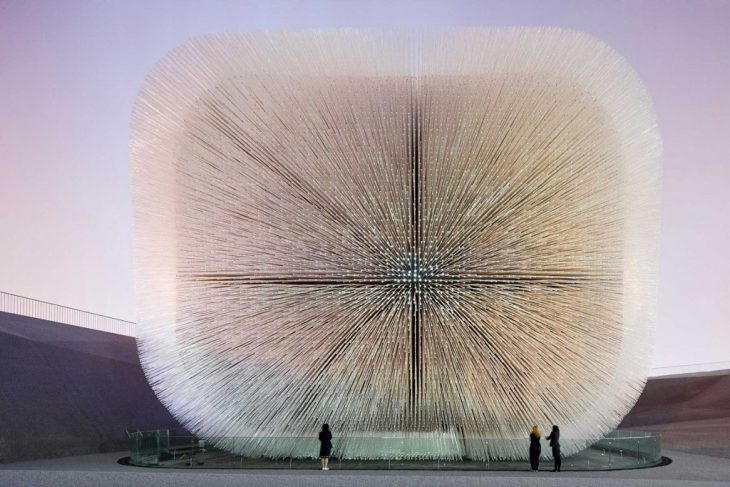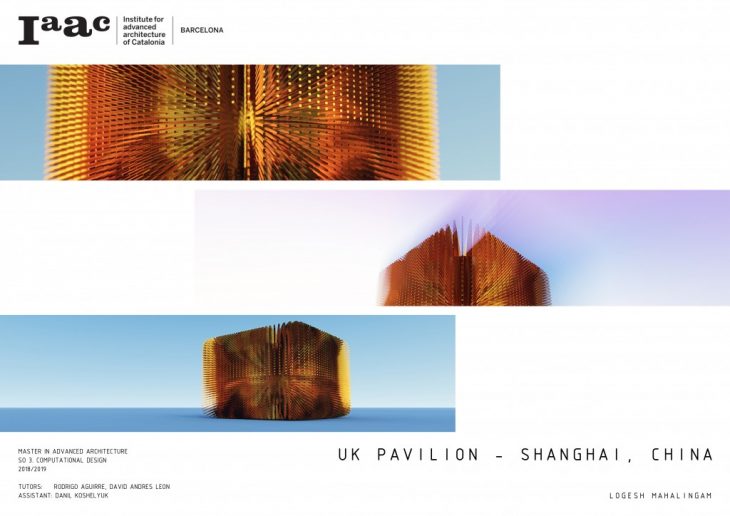UK Pavilion, Shanghai, China
Heatherwick Studio
2010 Expo
Heatherwick Studio won the competition to design the UK pavilion for the Shanghai World Expo in 2010. The Expo's theme was future of the cities.
Heatherwick Studio’s initial design strategy for the UK Pavilion established three aims to meet the FCO’s key expectation that the pavilion should become one of the five most popular attractions at the Expo. The first aim was to design a pavilion whose architecture was a direct manifestation of what it was exhibiting. The second idea was to ensure a significant area of open public space around it so visitors could relax and choose either to enter the pavilion building, or see it clearly from a calm, non-queuing vantage point. And thirdly, it would be unique among the hundreds of other competing pavilions, events and programmes. Heatherwick Studio sought an approach that would engage meaningfully with Shanghai Expo’s theme, Better City, Better Life, and stand out from the anticipated trend for technology driven pavilions, filled with audio-visual content on screens, projections and speakers.

The Seed Cathedral sits in the centre of the UK Pavilion’s site, 20 metres in height, formed from 60,000 slender transparent fibre optic rods, each 7.5 metres long and each encasing one or more seeds at its tip. During the day, they draw daylight inwards to illuminate the interior. At night, light sources inside each rod allow the whole structure to glow. As the wind moves past, the building and its optic “hairs” gently move to create a dynamic effect.

These fibre optic filaments are particularly responsive to external light conditions so that the unseen movement of clouds above the Seed Cathedral are experienced internally as a fluctuating luminosity. The studio’s intention is to create an atmosphere of reverence around this formidable collection of the world’s botanical resources; a moment of personal introspection in a powerful silent space.
Pseudo Code:
1. Create a Box 2. Divide it by Mesh box 3. Connect it to WB Loop Subdivision to blend. 4. Scale down the same box with the center remaining the same. 5. Select the required mesh vertices and morph it to the required shape. 6. Now connect this new shape to WB Loop Subdivision. 7. Create a sphere around the cubes with the same center as cubes. 8. Divide the sphere into number of surfaces. 9. Extrude lines from center of spheres divided surfaces to the center of sphere & cubes. 10.Now build those lines to pipes.
ANIMATED SYSTEM / UK PAVILION - SHANGHAI, CHINA / COMPUTATIONAL DESIGN Master in Advanced Architecture Faculty: Rodrigo Aguirre and David Andres Leon Student Assistant: Daniil Koshelyuk Student: Logesh Mahalingam
